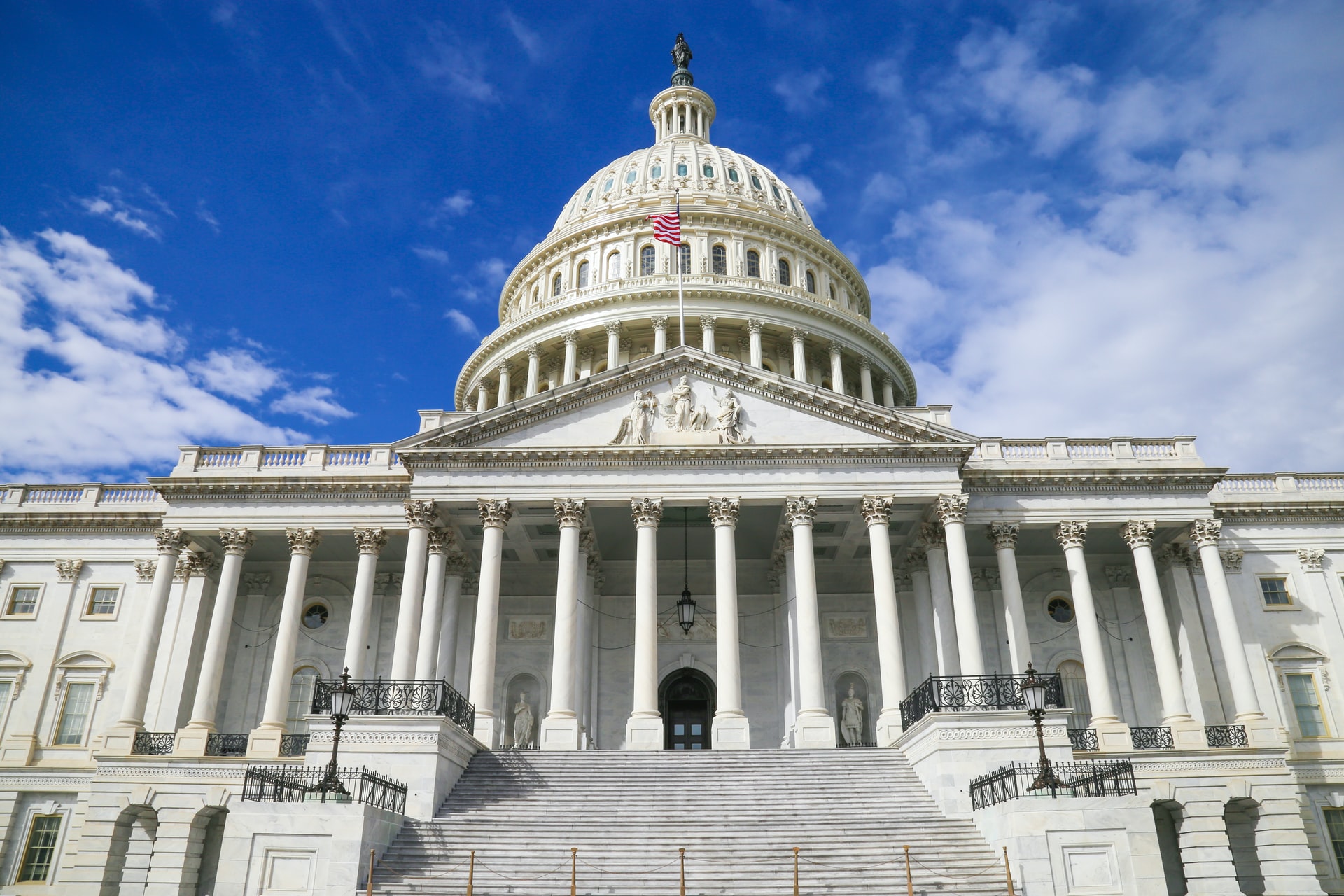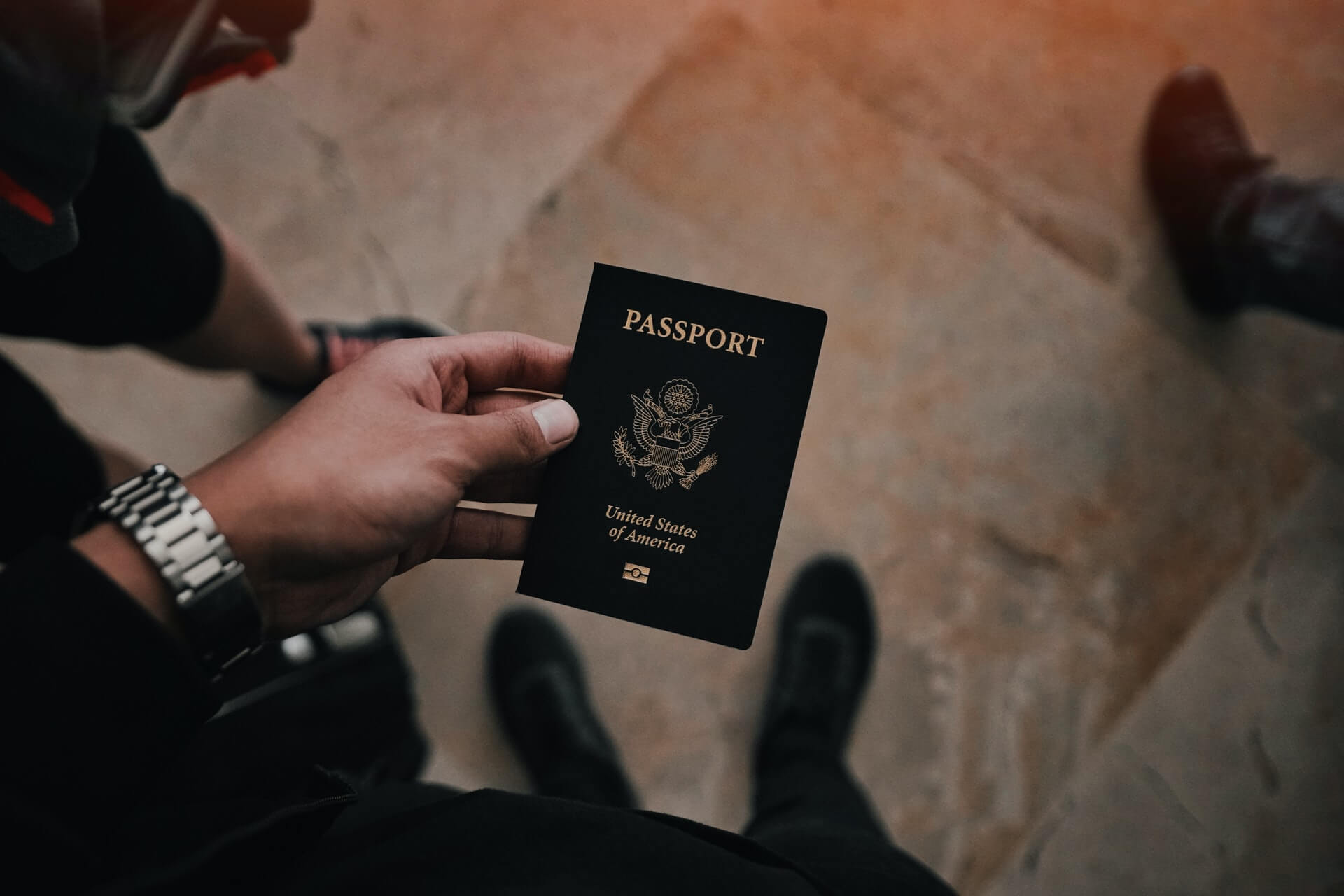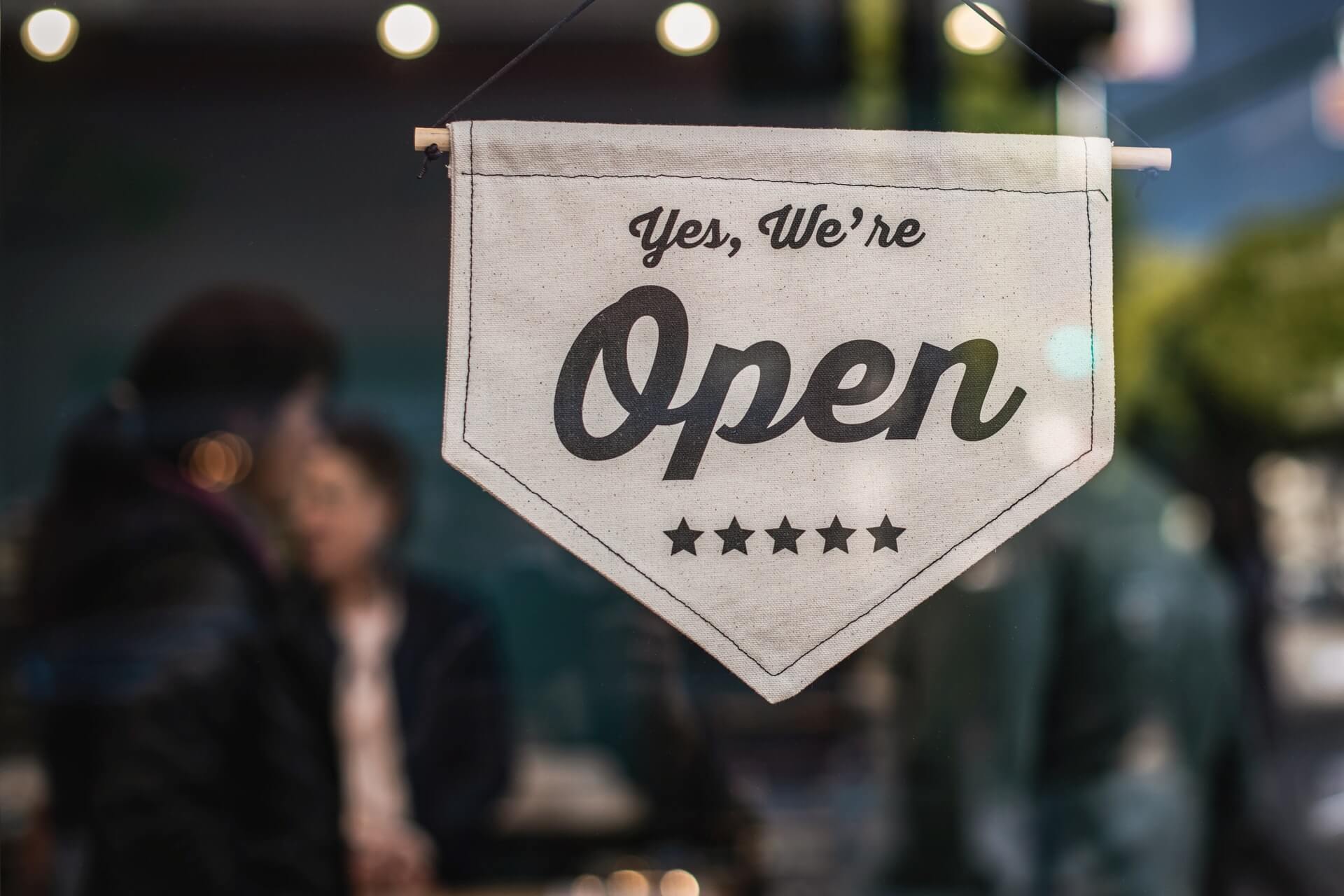5 Books to Read this Month: August
by David Klemt

This month’s fun and informative book selections will help you develop next-level culinary, beverage and leadership skills.
To review last month’s book recommendations, click here.
Let’s dive in!
Something & Tonic: A History of the World’s Most Iconic Mixer
Author and bartender Nick Kokonas takes readers on a historical, global journey that focuses on the history of tonic. This informative book also contains tips, tricks, and 60 original cocktail recipes. Click here to purchase Something & Tonic now.
America Walks into a Bar
Do you have a passion for this business? Do you actually love bars and the rich history of our industry? Then you need to read Christine Sismondo’s America Walks into a Bar, equal parts adventure, entertainment and history.
Burn the Ice: The American Culinary Revolution and Its End
I could try to sum up Burn the Ice for you, but Danny Meyer seems to have captured the essence of this Kevin Alexander’s book in one word: “Inspiring.”
The Power of Strangers: The Benefits of Connecting in a Suspicious World
When we come across a great bar, restaurant or hotel, we never encounter strangers. Instead, we meet friends we never knew we had. In The Power of Strangers, author Joe Keohane addresses the importance of getting over the fear of engaging with strangers and why, particularly in these divisive times, we need “strangers” more than ever in our lives.
Hacking the New Normal: Hitting the Reset Button on the Hospitality Industry
The world around us has changed, as has the food & beverage industry and the hospitality industry as a whole. But will some ways of life change for the better? Will restaurants, bars, and hotels come out of the pandemic even stronger? In Hacking the New Normal, author and president of KRG Hospitality Doug Radkey addresses the need to hit the reset button on the hospitality industry for its long-term survival.







